The American persona has always been framed by the impulse to keep moving. During the early 20th Century, personal transportation like cars and motorcycles became affordable and were integrated easily into a new recreational lifestyle.[1] The American Motorcyclist Association (AMA), established in 1924, was created in an effort to promote wholesome, mainstream values of exploring the expanse of the American landscape on two wheels and having fun. The AMA was the ‘establishment’ of American motorcycling. But during the 1950s a ballooning youth demographic of teenagers was motivated by new subcultures: adrenaline-enriched options, Rock and Roll and dangerous Hot Rod and motorcycle cultures that rewrote what ‘fun’ meant.

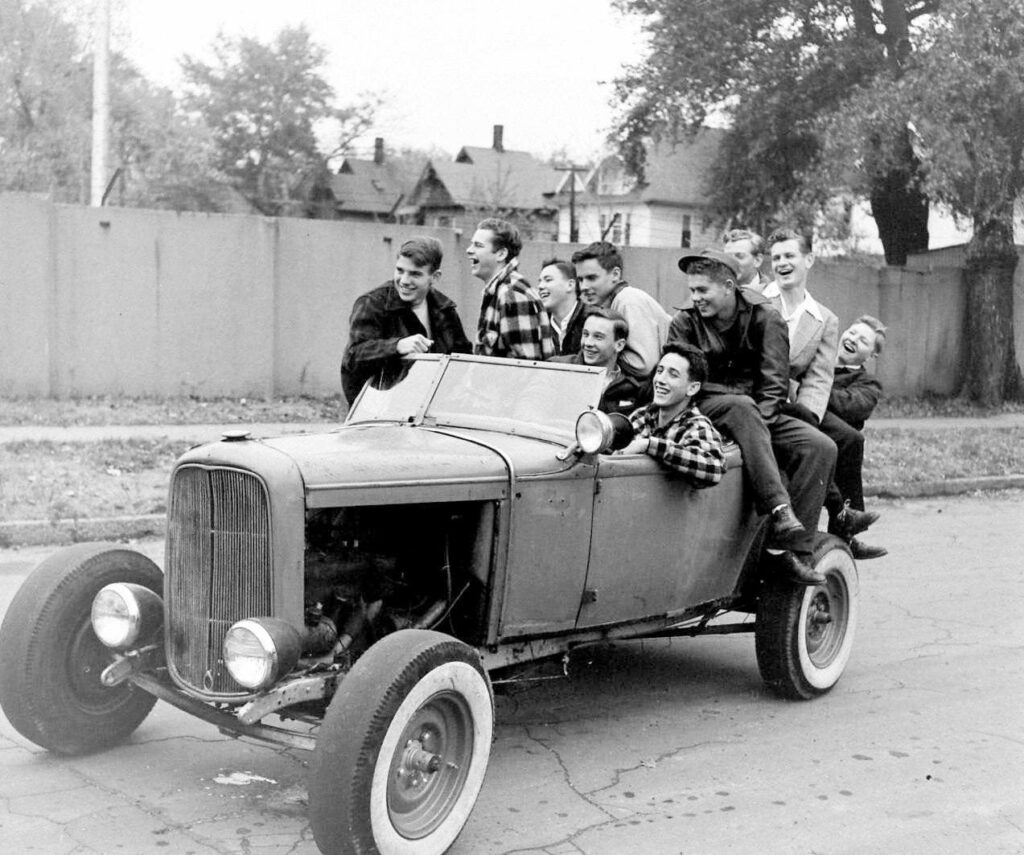
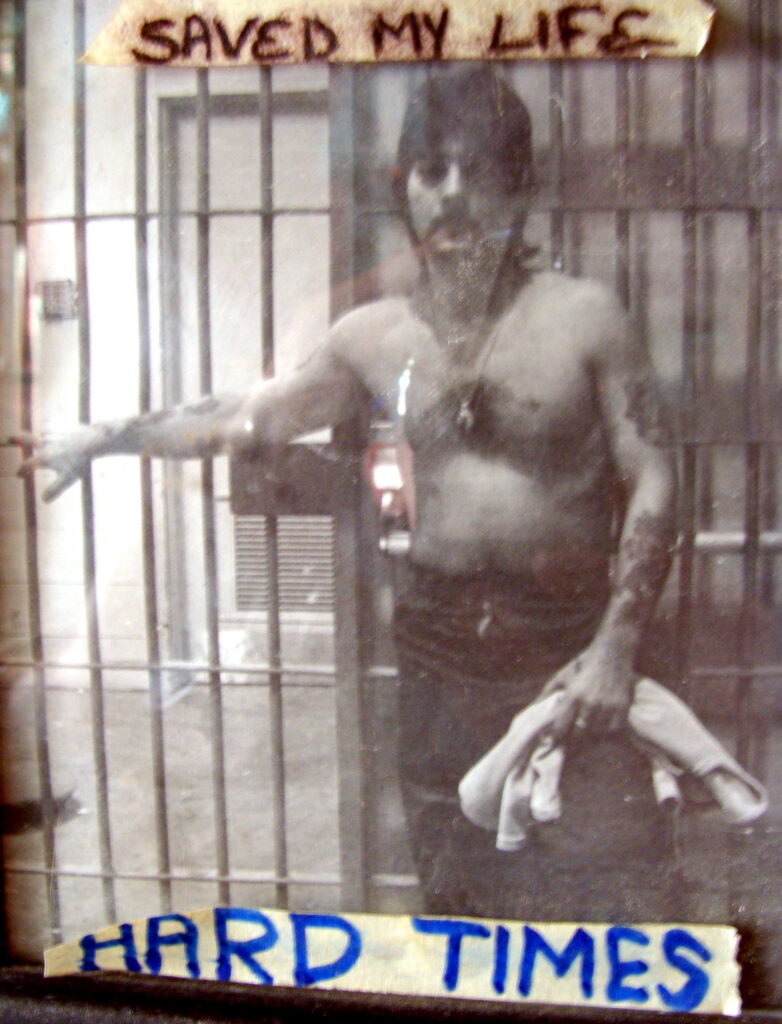
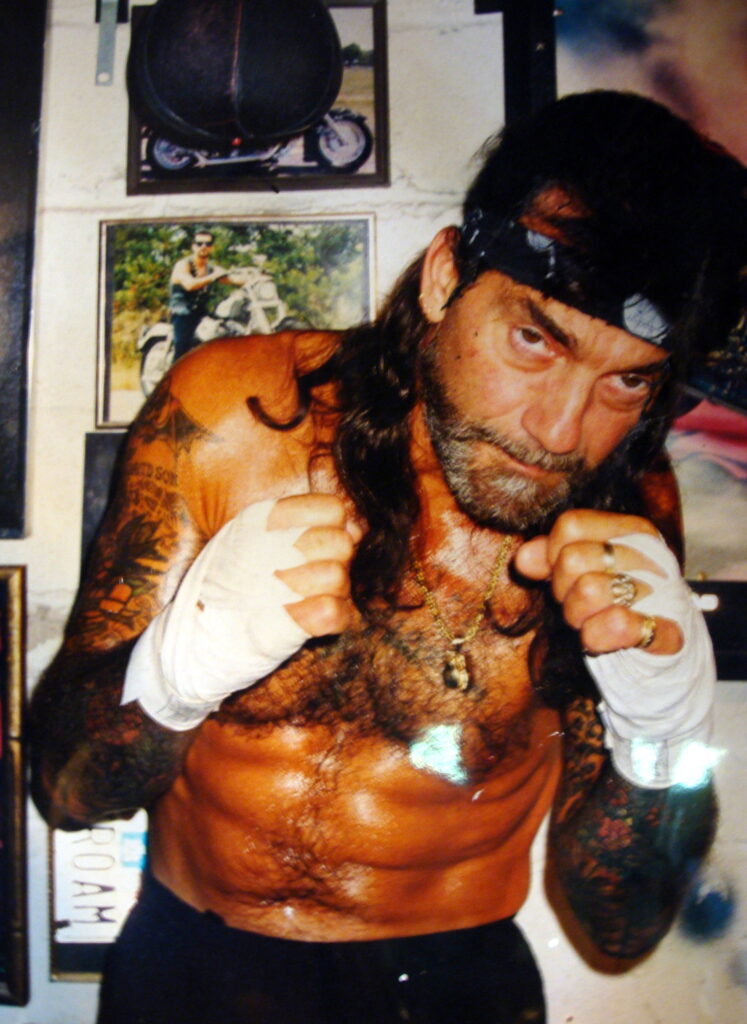
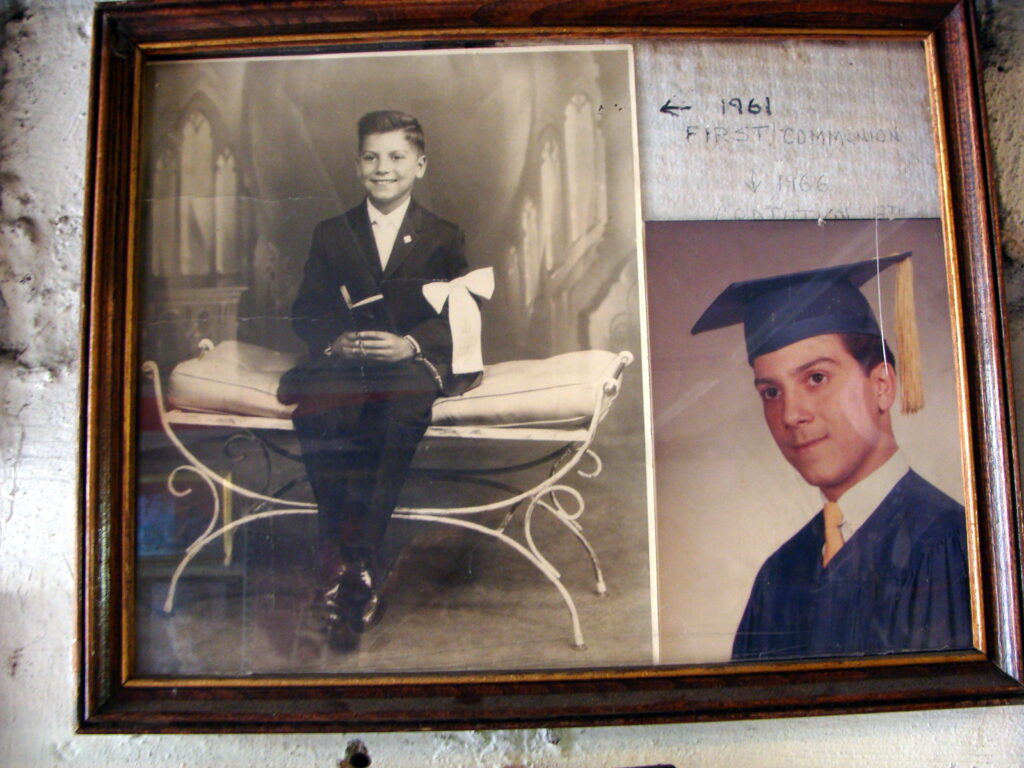

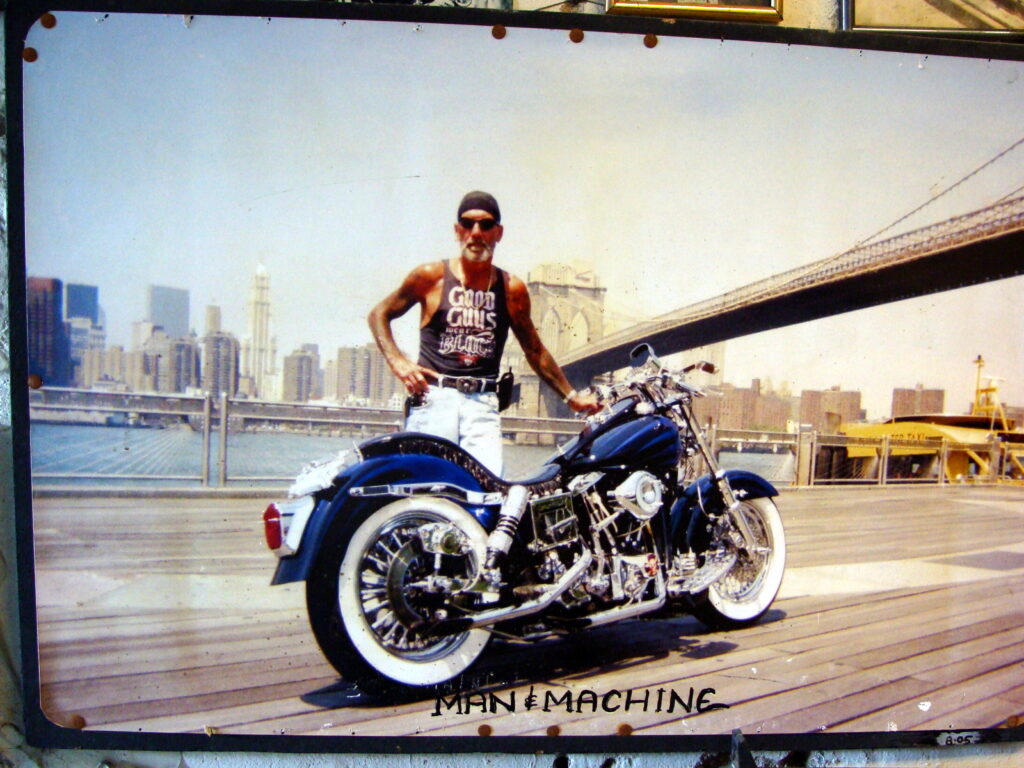
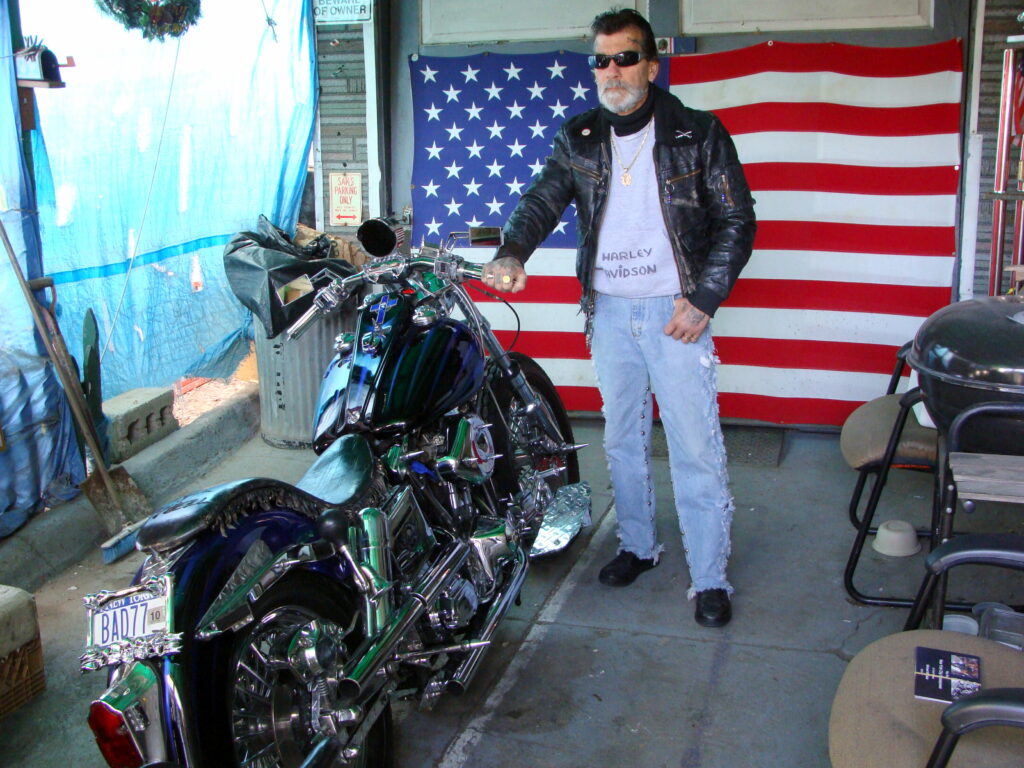
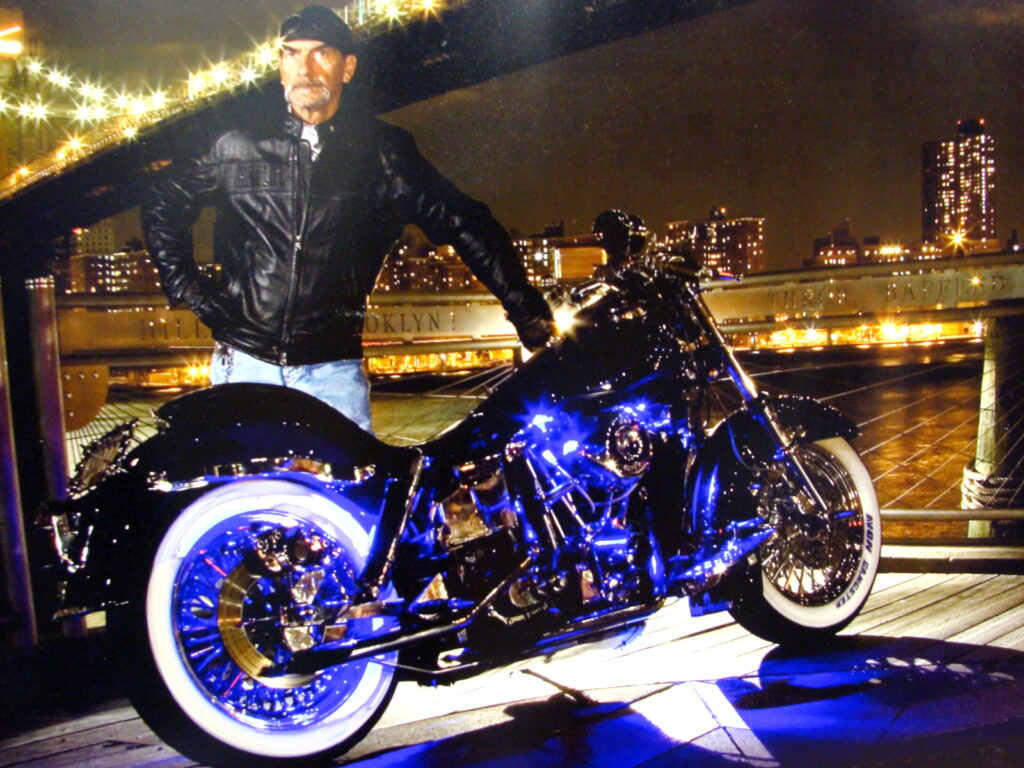
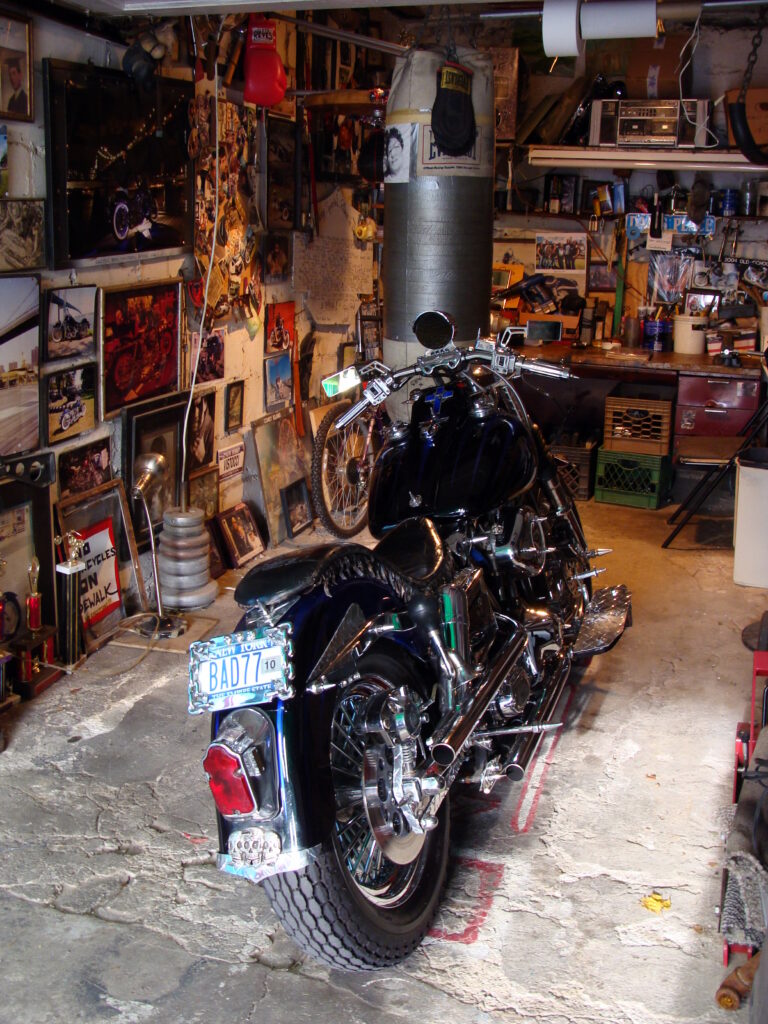
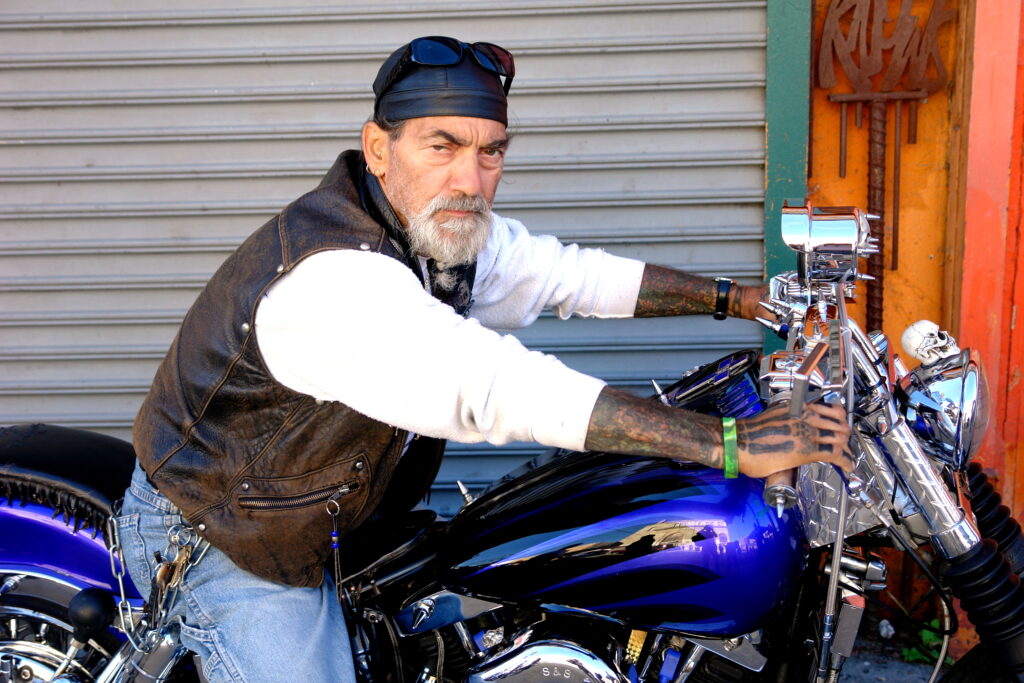
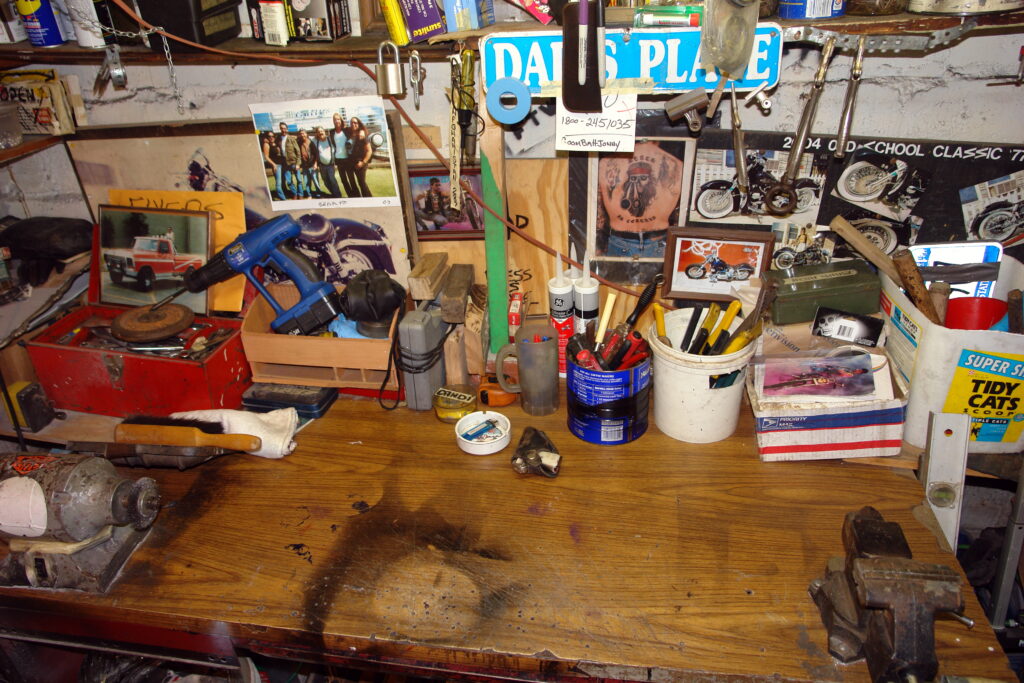
“When somethin’ happens to my bike, it’s my attitude. You can’t talk to me. My wife don’t even want to look at me. I’m a different guy. When my bike is down, I’m down. Don’t even say hello to me. Until my bike is fixed then I’m in a better mood. It could be the slightest thing but I won’t be able to sleep. I take it to that extreme. Look, I got a heart condition. If I don’t take my medication for my heart I say, I’ll take it tomorrow.” What’s the big deal? But if something’s wrong with my bike I won’t be able to sleep. I’ll be calling people up tryin’ to fix it myself. I’m telling ya. It’s not just a passion but it’s somethin’ more. Somethin’ a lot more than passion. You have to find a new word for the feelings I get outta my bike. It ain’t even human. Can you dig that? I don’t have another feeling that can compare to that. My bike is a completely different thing. To me it’s the greatest feeling in the world. Can you understand that bro? It’s down to the point exactly where I want to get at. In my own mind I am talking to a higher authority when I’m on my bike. Definitely. Whether other people see it that way or not, I really don’t care. That feeling of passion but it’s a bigger word that I can’t explain. That’s the way it is.”

[2] The median age of the American population in 1776 was very young, likely in the late teens or early twenties, though precise historical data is scarce. The population was characterized by high birth rates and low life expectancy (around 35 years), meaning a large portion of the population was under the age of 18. While the average life expectancy was low, the average age of the signers of the Declaration of Independence was around 44, and a number of them were 35 or younger.
[3] The U.S. national median age in 1950 was about 30.2 years, but California’s median age was slightly lower, likely in the high 20s, and the national median age declined to 29.5 years by 1960.
[4] The wardrobe selections of both Bando’s black leather jacket and Marvin’s striped Breton sweater went a long way to produce ‘Biker’ cultural stereotype identities.
[5] The motorcycles used in Easy Rider – the Captain America and the Billy bike – were designed by Cliff Vaughs and built by Ben Hardy. Both were African American and at the time of the film’s release, were not properly credited and unfairly under emphasized.
[6] See New York City Bosozoku, The Vintagent, August 18, 2025, McCabe.
[7] Hubert Selby is known for his epic book, Last Exit to Brooklyn (1964) that graphically portrays life in the working class borough.
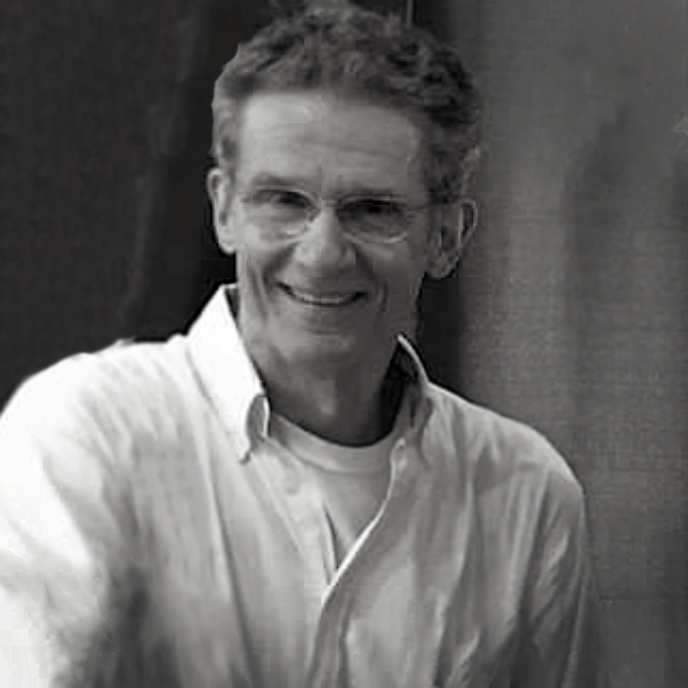


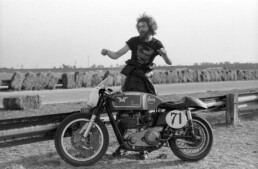
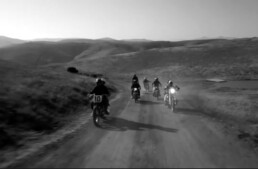
I’ll tell ya point blank what drove the rise of hot rodding both cars and bikes in the 50’s 60’s .
To put it succinctly albeit bluntly ….. the cost of a new car/ bike in the 50’s 60’s was excessively high for the youth of that day …. where as the price of used .. of which there was an excess as the adults and returning vets traded in their old beaters for new rides . Problem was … a 32 Ford was slow as a boat anchor in comparison to say … a Cadillac .. Lincoln .. Chevy V8 etc .. not to mention old bikes which where just as slow in comparison to the goodies offered on the showroom floor .
Add in the fact that the youth of the 50’s 60’s had extensive mechanical skills .. including welding etc due both to the wars ( WWII and Korea ) Industrial Arts offered in every public Jr an Sr High of the time .. not to mention a host of future careers mechanics etc in the making … back when being a mechanic was an honorable profession
And the solution to the slow problem was … buy the slow cheap bike/car you could afford and … HOP THE DAMN THING UP ! With junkyard parts … last years speed parts … mechanical know how etc etc !
In other words .. it wasn’t so much about hopping up .. as it was keeping up with the upper crust .. with slowly but surely … going even faster or looking cooler .. becoming the goal .
e.g. Kick the rich kid with daddy’s new Buick’s posterior with yer once worn out now shiny and hopped up 32 what ever …. or run that new H-D into the ground with yer hopped up war surplus H-D .. etc etc etc . And while yer at it … modify the looks as well …
Now .. did a whole subculture of outlaws , criminals and violent gangs grow out of this ? Of course they did … human beings being what they are .. the only animals on planet earth that can and will turn a band aid into a club without a 2nd thought !
And thats the fact Jack .. the historical facts that is … not speculation , myth or overall BS
Ahhh … reading the HISTORY BOOKS … not to mention know a few of the historical figures personally … sitting across ..beer in hand ( soda in a a few cases like Neal East etc ) .. LISTENING … paying attention .. and remembering
Just fer moments like this when ya can put paid to the myth … with a little factual information … which inevitably is a helluva lot more interesting than the myth ever could be
THE TEACHER ( at least thats what I call myself )
GTRSLNGR
😎
The Guitarslinger walked along the streets of the seemingly deserted town,the only sound the jangling of his spurs.
From behind curtained windows and around corners a hundred eyes watched his every move.Watched…….and waited….
&$!#% ….. exemplified .
On a lighter note,Ray reminds me of Spook,the kid from Last exit to Brooklyn who would go berserk whenever someone snatched his motorcycle hat off his head.
(spook from the book,not the corny looking movie)
From the Department of Corrections …. according to the study / Clif notes ( BookRags study guide etc etc ) … there is no character in any of the short stories in ” Last Exit to Brooklyn ” called ‘ Spook ‘
So ahhh … yet another fine example of .. &$!#%
But on a kinder note seeing how it is Turkey Day USA … might ya be needing a case or two of brown sauce/ Vegemite to help get that foot down yer throat ?
This is what happens when you rely on Cliff Notes etc. like a lazy high schooler who couldnt be bothered to read the book assignment.(or like people from NJ)
Let us now turn to pages 85 to 92 in our copies of “Last Exit.”
Shitslinger,would you start off by reading aloud to the class?
I was young then, and in California, crazy about cars and wanted a motorcycle. So I recognize some of this. I appreciate Guitar Slinger’s mention that every junior high and high school had “shop” classes. EVERY boy was required to take the introductory courses. These were wasted on me, but the advanced kids were creating worthwhile projects. I enviously remember the mini-bike being welded up in metal class. I also appreciate Ray’s explanation of why “real bikers” never smiled although, presumably, they were enjoying the ride. Maybe that extends to the whole intimidation thing. Motorcyclists are vulnerable; looking scary might be an instinctive form of defensive riding.